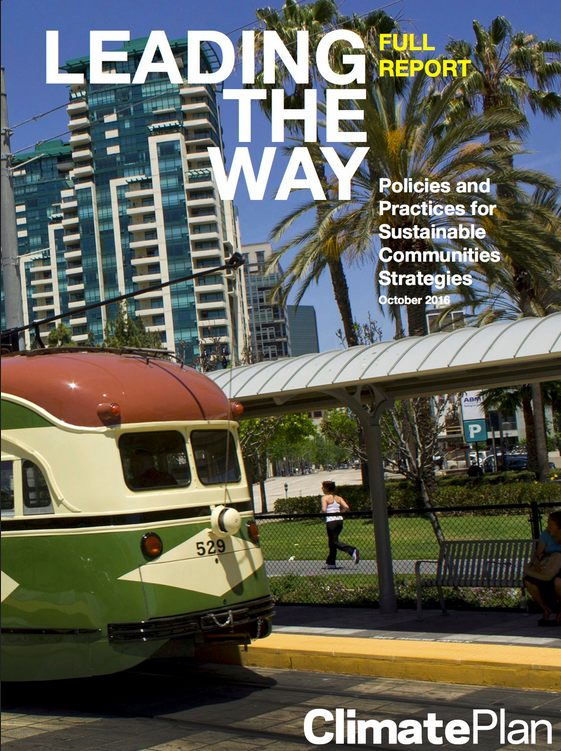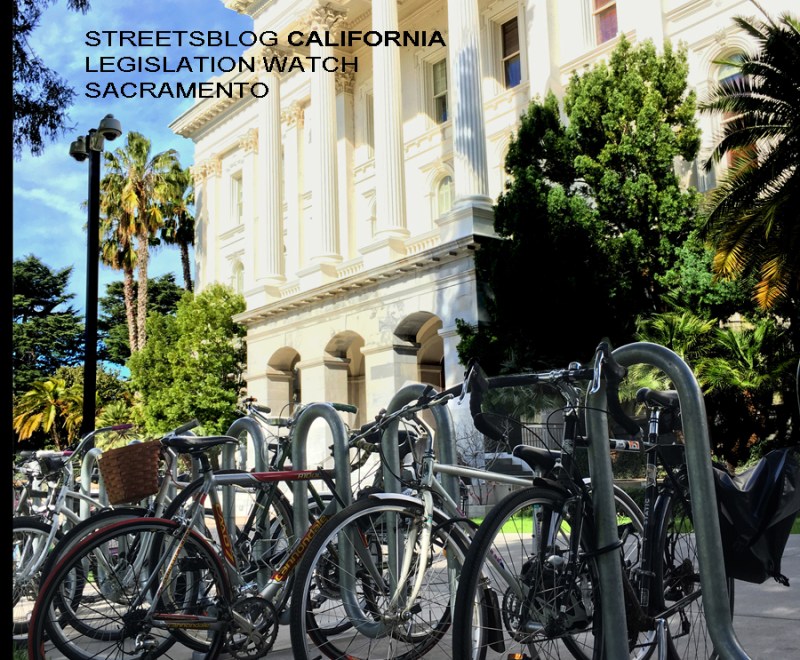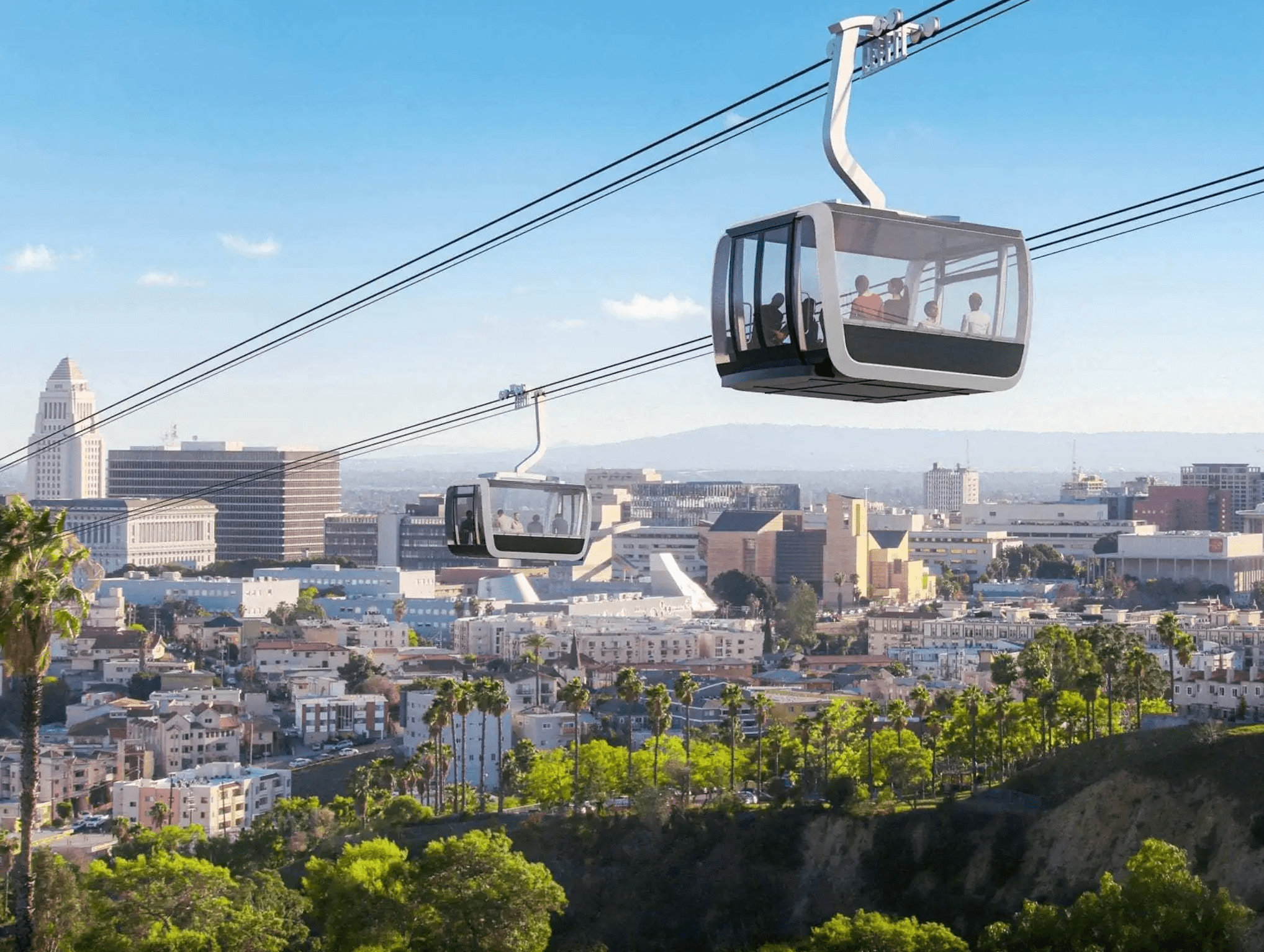Starting today, the Air Resources Board will hold its quarterly meeting. Among other things, the board will discuss ongoing work to update regional greenhouse gas emissions targets.
The targets are set as required by S.B. 375, a 2008 law whose main purpose was to get planners thinking about ways to reduce driving. Driving produces 37 percent of California greenhouse gases. Reducing driving would reduce emissions and move California toward its climate change goals.
But like all state efforts in this regard, the rules are complicated and gentle. For example, no one has suggested just outlawing excess driving. Even making driving more expensive is rarely mentioned.
S.B. 375 instead focused on getting regional governments to incorporate greenhouse gas reductions in their long-range plans. Under S.B. 375, the state Air Resources Board sets GHG reduction targets for each region, and the regions come up with a list of strategies to meet those targets.
The bill, authored by then-Senate President Darrell Steinberg, was an attempt to get communities to think about how planning for housing, jobs, and businesses is connected to planning for how people get around. But most planning doesn't happen that way in California. “Local control” of planning is a basic tenet of state policy. Regional governments have little actual control over local jurisdictions, other than managing a few admittedly significant pots of money. S.B. 375 was intended to get planners to think about how local projects add up to regional and statewide climate consequences. That was the idea, anyway.
There were a lot of caveats, both in the bill itself as well as in its implementation. For example, the bill's authors were so wary of appearing to take away local control of planning decisions that they included this:
The bill would state that the adopted strategies do not regulate the use of land and are not subject to state approval, and that city or county land use policies, including the general plan, are not required to be consistent with the regional transportation plan, which would include the sustainable growth strategy, or the alternative planning strategy.
In other words, though S.B. 375 requires Metropolitan Planning Organizations to list greenhouse gas reduction strategies in their Sustainable Communities Strategies documents, and the state would approve or disapprove those documents based on meeting state targets, there is little enforcement or even much followup to see whether the strategies are working or have even been implemented.
Climate Plan, a nongovernmental advocacy group, issued an extensive report on SCAG's progress towards achieving greenhouse gas reductions, as well as a major report on statewide results from S.B. 375. The state is not required to produce similar official reports.
It is, however, required to update the S.B. 375 targets periodically. To that end, ARB staff has held several recent workshops, ostensibly to receive public feedback, and that's what will be discussed by the board tomorrow.
At the workshops, staff presented information showing that there has been some progress towards reducing greenhouse gas emissions, and that with current strategies laid out by regions, more progress is expected. But even with the most rigorous attention to realizing those strategies, they wouldn't be sufficient to reach the statewide climate change goals set out in S.B. 32.
The proposed new targets largely reflect what the MPOs say they can achieve, based on extensive scenario planning and modeling work. There are many, many pieces of information that go into these scenarios. Strategies proposed by the MPOs include building denser housing near transit, building active transportation facilities like bike lanes and sidewalks, investing in transit, and encouraging zero emission vehicle use and carpooling.
But local—and statewide—funding still expands highways, and many areas in the state still encourage, through policies and local plans, sprawl development on their city edges.
At the Sacramento workshop, advocates pushed for more ambitious targets, but representatives of the MPOs said they are having a hard time meeting the targets already in place. MPOs say they are undercut by cheap gas and not enough state investment in public transit.
A representative of the Bay Area's Metropolitan Transportation Commission, which one advocate held up as a model for other areas because it has been able to find ways to enforce some Sustainable Communities Strategies, said that “to achieve higher [greenhouse gas] reductions, we need much more aggressive changes, in land use planning, local upzoning, and more money for transit. We have to be concerned as well with the threat of displacement,” which tends to create more driving as people move farther away from dense, expensive areas. In addition to cheap gas, which encourages driving, there are companies like Uber and Lyft, which have minimal regulation and are contributing to more vehicle miles traveled.
This conversation shouldn't be separate from the other ongoing conversations at the state capital. For example, the transportation funding bill currently making its way through the Senate, S.B. 1, will have long-term effects on what kind of transportation California invests in for the future. If California doesn't put more money towards public transit, then regions will not be able to meet their S.B. 375 targets—and they should be telling that to Senator Beall, the author of S.B. 1.
They may well be doing so, behind the scenes, but almost every Metropolitan Planning Organization has come out in strong support of that bill in its current form—because all are desperate for transportation money.
The Air Resources Board meeting will be held tomorrow in Riverside, at the Riverside County Administrative Center at 4080 Lemon St., starting at 9 a.m. The meeting can also be watched online at CAL-SPAN.
The meeting agenda can be found here.





